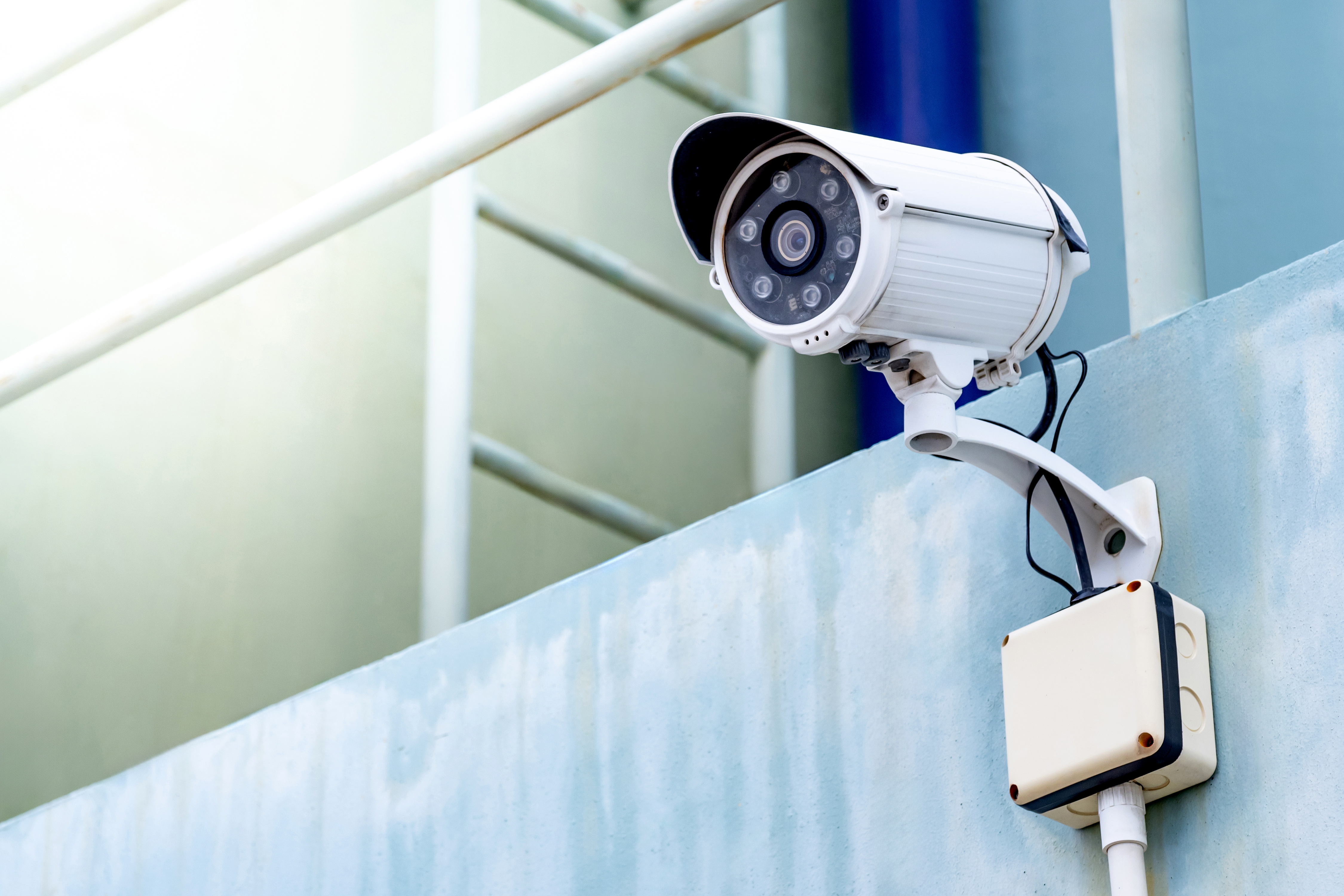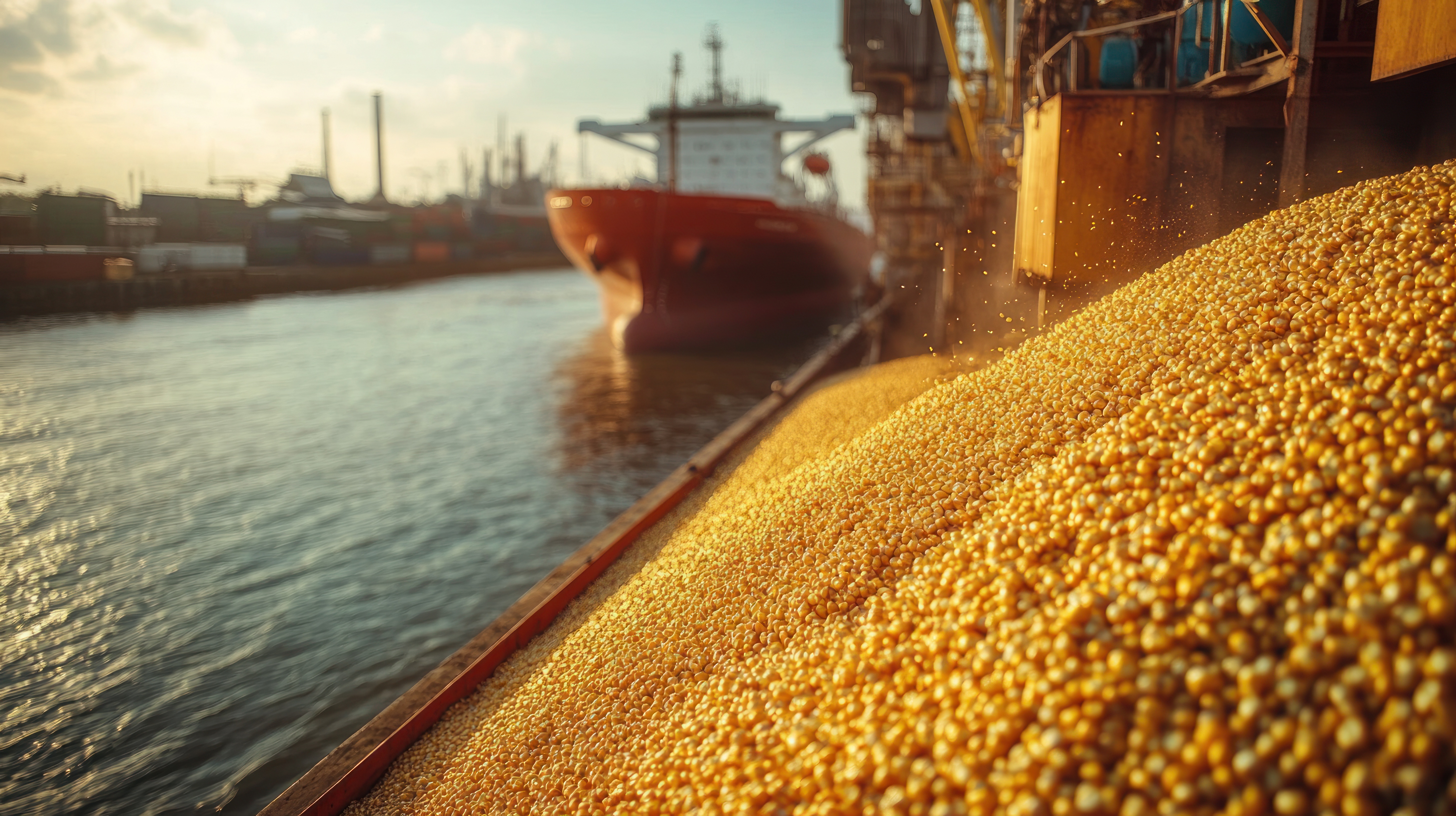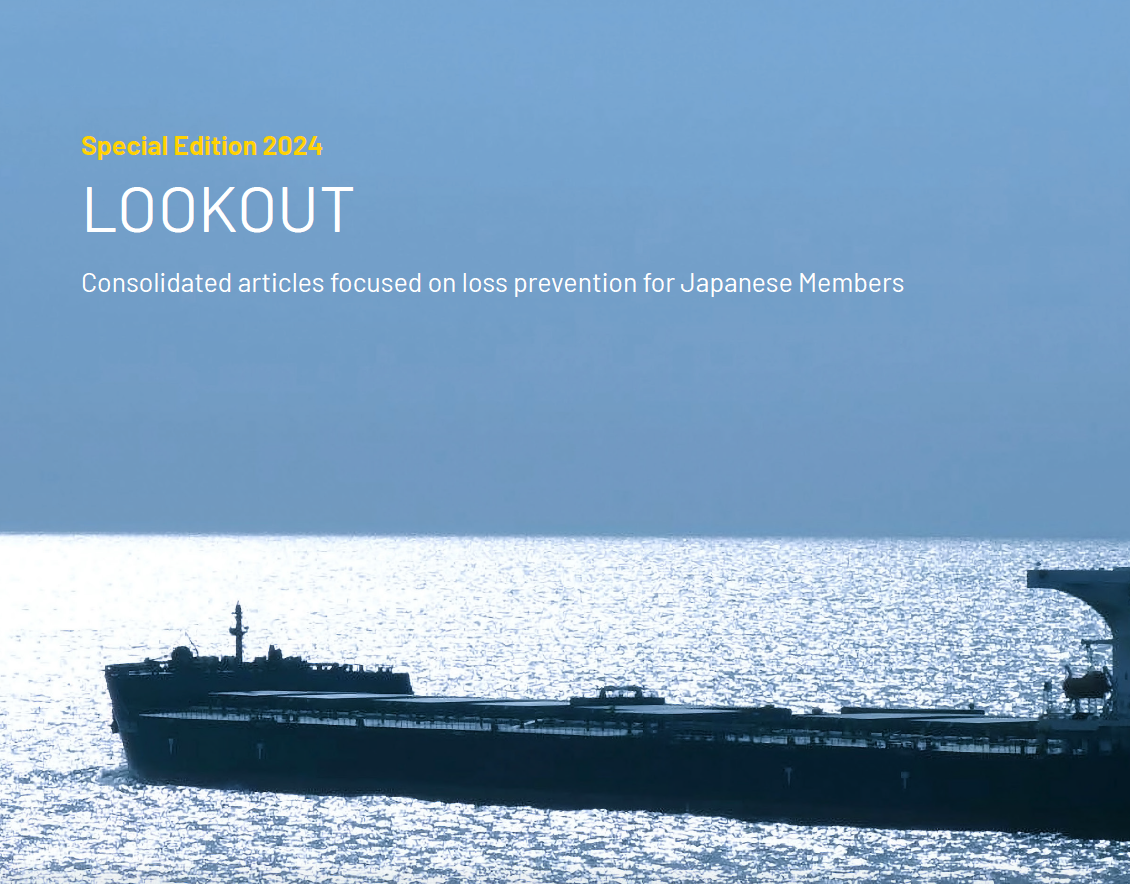
UPDATE 18th November 2021
California: Amendments to ballast water discharge performance standards effective 01.01.22
In December 2020, the Club provided the below update on the California ballast water discharge regulations reporting that the California State Lands Commission (CSLC) had issued a notice of Approval of Amendment to Article 4.7 of Title 2. Division 3, Chapter 1 of the California Code of Regulations. These amendments will become effective on 1 January 2022.
The federal ballast water discharge standards (BWDS) and implementation schedule have now been incorporated into California law. The amendments to the regulations have:
- delayed the compliance dates of the more stringent interim and final California ballast water discharge performance standards to January 2030 and January 2040, respectively, due to technologies unavailability in the current stage (2 CCR Sections 2293 (b) and (c));
- established operational monitoring and record keeping requirements for vessels that use a ballast water treatment system to meet ballast water discharge performance standards (2 CCR Sections 2295 and 2297); and
- authorised the Commission’s staff to collect ballast water and sediment samples for research purposes and compliance assessment (2 CCR Section 2294).
Members are directed to CSLC’s information sheet for additional details.
ORIGINAL UPDATE dated 23rd December 2020
Members will recall that the US, whilst not a State Party to the IMO’s Ballast Water Management Convention 2004, moved its federal performance standards for ballast water discharges closer to those of the IMO’s following the enactment of its Vessel Incidental Discharge Act (VIDA) in 2018.
California has however set Interim and Final performance standards for ballast water discharges that are much more stringent than the above standards. These standards were aspirational standards. The Interim performance standards were originally required to be implemented in 2020. As the technologies for achieving these standards were not as yet available, the California State Lands Commission (CSLC) in 2019 delayed the implementation dates for the Interim and the Final California Performance Standards to 1 January 2030 and 1 January 2040 respectively. Since these dates are still in the future, the federal ballast water discharge standards above will be applicable to California in the interim.
The federal law standards can however only be enforced by the USCG. In order for the CSLC also to enforce these standards to vessels discharging ballast water in California waters, the standards will need to be incorporated into California regulations. The expectation is that the additional enforcement capacity to be provided by the CSLC will lead to a higher reduction in the introduction of non-indigenous species into the waters of California.
The CSLC has issued a notice stating that it proposes to amend Article 4.7 of Title 2, Division 3, Chapter 1 of the California Code of Regulations concerning ballast water discharges. The proposed regulatory action would formally amend the above compliance dates for the Interim and Final ballast water discharge performance standards of 1 January 2030 and 1 January 2040, incorporate the federal ballast water discharge standards into California regulation, establish requirements to monitor the functionality of ballast water treatment systems, and ensure that the CSLC has access to sampling ports and tanks to collect ballast water and sediment samples for compliance assessment and research purposes. The Amendments will additionally provide the CSLC with ready access to records which are required to be kept onboard, during inspections.
Although California is proposing more stringent ballast water standards for the future, once VIDA is fully implemented, individual States will no longer be authorised to establish and enforce their own standards for discharges, including ballast water discharges, unless they are identical to the federal standards to be promulgated by the Environmental Protection Agency (EPA). Nonetheless, under VIDA, States will still have the ability to petition for stricter discharge provisions.
Members are directed to the documents below for full details of the above proposed Amendments. Members are also directed to the UK P&I Club’s 2019 Legal Briefing on Ballast Water Regulations for additional information on the US ballast water management regulations.





